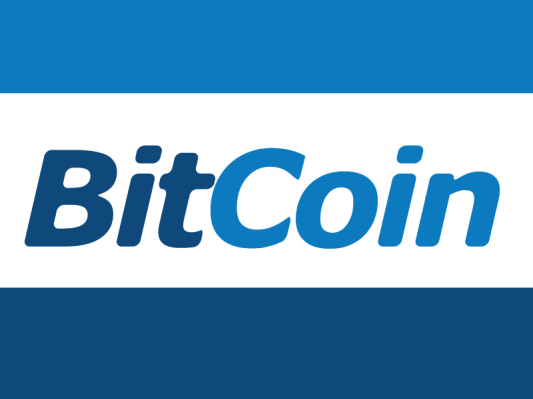Editor’s note: Ken Miller is the COO of Gem. Previously he was VP of risk management at PayPal executive and adviser to Square.
Recently, PayPal announced several partnerships aimed towards enabling certain PayPal merchants to be able to accept bitcoin as a form of payment from their customers. This was a significant announcement on multiple fronts as many had wondered if and what PayPal’s foray into the cryptocurrency space would be.
As further validation of the power of this news, the USD price of bitcoin shot up over $30 within the first few hours of the announcement, generating close to an incremental half a billion in bitcoin market cap in those few hours. That increase was short-lived, as the price came back down the following day, but the spike showed the power that this kind of tectonic announcement could have on the bitcoin world.
Though there are still details remaining to surface around how the bitcoin integration into PayPal will ultimately work, on the surface the benefits appear obvious. For merchants, the attraction would be the opportunity to add an additional payment option that works with their existing checkout infrastructure (read: more happy customers and no incremental work for the merchant).
For consumers, the value is that increasingly consumers are holding bitcoin and looking for places to spend it; and more choice in payment methods is always a good thing. Additionally, bitcoin via PayPal could present low-cost opportunities to send funds globally.
Ironically, bitcoin embodies much of the core mission that PayPal originally set out to achieve. Back in 2000, the mission statement of the company was ‘Democratizing Global Payments.’ Seeded in that was a desire (made explicit within the company at the time) that we wanted to allow anyone, anywhere in the world, to send frictionless funds on the cheap (relatively).
We wanted the shopkeeper in Bolivia to have access to the same payment capabilities (and pricing) as a giant retailer in London, simply by using new, better technology. It didn’t exactly work out that way, as PayPal was merely built on top of existing, decades-old payment infrastructure — and it’s not cheap to use — but there was an appetite for that libertarian-esque approach at the time and it galvanized us all. I was one of the original employees at PayPal, and the bitcoin announcement felt full circle in a way from those roots.
That said, there’s a problem with this announcement and bitcoin use at large. There are multiple hurdles to clear for bitcoin to become widely used and adopted by the masses, and carrying the flag for these hurdles right now is security.
My mom, though technically wise for her age and could rival any teenager with her iPhone addiction, will never pay with bitcoin if she isn’t convinced it’s as safe as any other form of payment she’s used to. And though PayPal is only slowly venturing into the shallow end with some floaties on, herein lies the challenge…even objection for PayPal (and others) as they embark into digital currencies.
At least 9.9 percent of all bitcoins introduced into the ecosystem have been lost or stolen (these are just the instances that have been reported). That’s nearly one out of every 10 bitcoins. The reason for this is two-fold: 1) bitcoin, like other financial instruments, are a target for bad actors, and 2) meaningful security around bitcoin wallets and transactions has not yet been built into products. The reason for this is that it’s really, really hard.
In order to properly address the sort of nefarious activity that has and will continue to occur in the bitcoin world, companies need to be experts in bitcoin protocol, payment security and network security. And these are difficult areas to be experts in for anyone, let alone when your core focus is trying figure out how to grow a customer base and improve the front-end user experience.
Related to the theft topic is the lack of traditional consumer protections within bitcoin transactions: fraudulent transactions; failure by the merchant to deliver as promised; the product is broken or damaged when it arrives or is the wrong color. All of this is enough to make the average consumer hesitant — and the average consumer (e.g. my mom) is the next wave of adoptees needed to grow the ecosystem in a step-function sort of way.
The good news is there are security solutions possible, they’re just not being widely utilized yet. The best example of this is multi-signature key management. With multi-signature wallets, the customer and their wallet provider each have a key that is required to perform a transaction (much like the old rocket launch analogy where two different key holders are required to launch the rocket into the sky). Utilization of this technology with other mechanisms such as MFA and fraud monitoring would actually create a secure environment that exceeds the approach of institutions for traditional financial transactions.
Cryptocurrency security is difficult; not everyone can be an expert in this area. But making bitcoin or other digital currency transactions and accounts secure is mandatory to future success and large-scale adoption, and shame on us as a technology society if we don’t get that right and secure the future.
But the beauty of the situation is the bitcoin protocol has inherent to it multi-signature capabilities that, if executed correctly, can create a highly secure environment. Even more exciting is that success in making bitcoin transactions and accounts secure means a strong chance of success in the ultimate prize with digital currency: making individuals sovereign again over their money.
